Question:1
The distance covered by a vehicle from the moment we step on the brake pedal until the vehicle stops becomes bigger:
Category : Safety
Question:2
Until where do the following road signs remain valid?
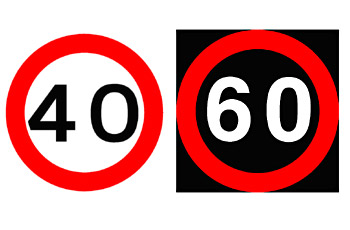
Category : Traffic Signs
Question:3
What is the imminent danger when a vehicle skids whilst driving?
Category : Safety
Question:4
What are you required to do according to the following traffic sign?

Category : Traffic Signs
Question:5
Which traffic sign should appear after traffic sign 701?

Category : Traffic Signs
Question:6
What is the meaning of the following traffic sign?
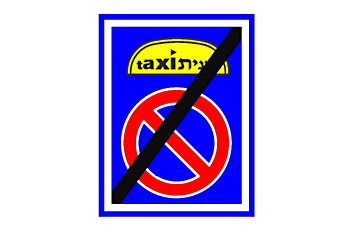
Category : Traffic Signs
Question:7
The white vehicle (1) and the silver vehicle (2) at the intersection, intend to enter the same road. Which of them is obliged to give right of way?
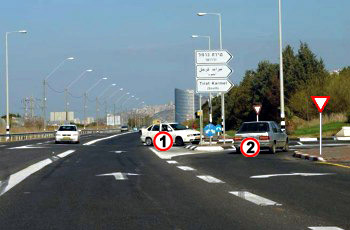
Category : Safety
Question:8
What is the function of the tractor’s middle lift arm (“the third point”)?
Category : Safety
Question:9
What should a driver do when one of the vehicle’s two headlights is malfunctioning during the night?
Category : Rules and Regulations
Question:10
How should you behave in the situation described in the following picture?
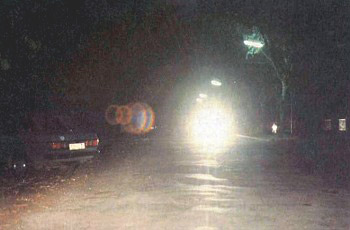
Category : Safety
Question:11
During “light time”, when are you permitted to use the vehicle’s high beam?
Category : Rules and Regulations
Question:12
What are the advantages in looking far ahead?
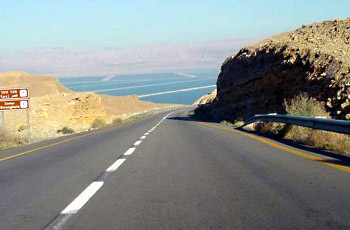
Category : Safety
Question:13
What is the meaning of the following traffic sign?
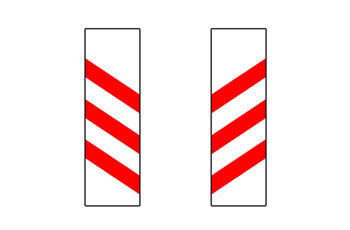
Category : Traffic Signs
Question:14
When is it permitted to overtake, in one go, two vehicle that are driving before you on your lane
Category : Rules and Regulations
Question:15
When the vehicle in front of you signals about its intention to turn left:
Category : Rules and Regulations
Question:16
Which warning sign alerts about two-way traffic ahead?
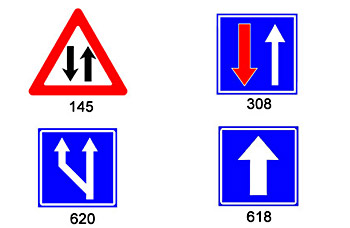
Category : Traffic Signs
Question:17
Which traffic sign marks the final warning before a level crossing?

Category : Traffic Signs
Question:18
What is the meaning of the following traffic sign?
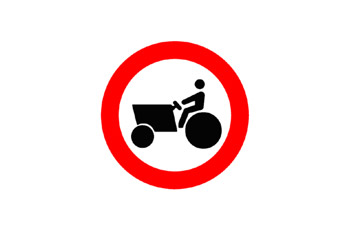
Category : Traffic Signs
Question:19
What is the problem in the following picture?
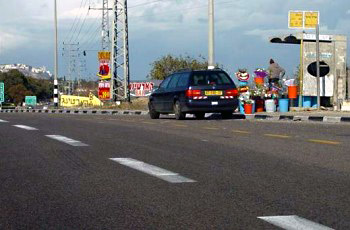
Category : Safety
Question:20
What are you required to do when the truck in the picture enters your driving lane?

Category : Safety
Question:21
What are you required to do according to the following road sign?

Category : Traffic Signs
Question:22
What is the meaning of the following road marking (a continuous separation line)?

Category : Traffic Signs
Question:23
The vehicle’s headlights light the road with:
Category : Rules and Regulations
Question:24
What is the meaning of the following traffic sign?
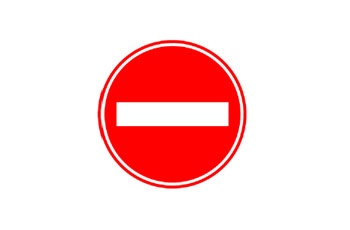
Category : Traffic Signs
Question:25
How can a correct grip of the steering wheel help to control the vehicle and to keep it stable?
Category : Safety
Question:26
Define “path”:
Category : Rules and Regulations
Question:27
How is a driver supposed to deal with a situation in which pedestrians are crossing his driving lane on a crossing whilst he is making a right turn?
Category : Safety
Question:28
Is it obligatory to use an appropriate lower gear on every steep descent?
Category : Safety
Question:29
What might happen as a result of brake over- heating?
Category : Know Your Vehicle
Question:30
What do the following traffic signs have in common?
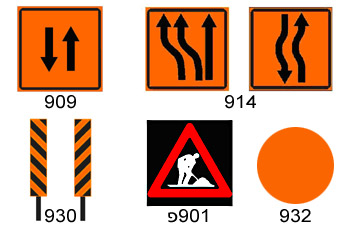
Category : Traffic Signs

